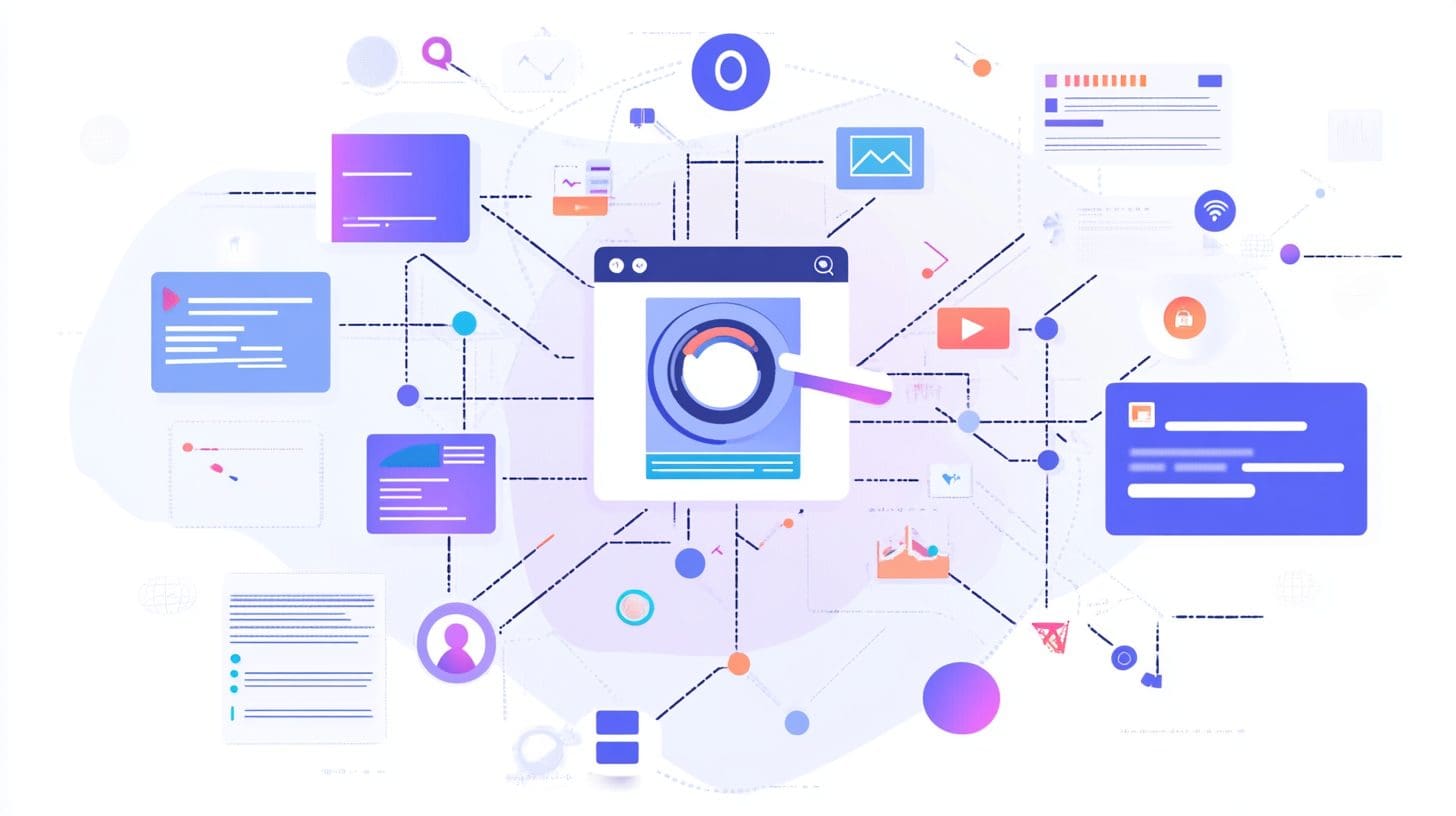Improving website performance is crucial in today’s digital world, where users demand fast-loading, responsive, and reliable platforms. A website that performs well not only enhances user experience but also improves search engine rankings. If you’re looking to optimize your site effectively, start with frontend development best practices.
Why Website Performance Matters
A slow or unresponsive website can lead to user frustration, high bounce rates, and lost opportunities. Research shows that even a one-second delay in load time can reduce conversions by up to 7%. That’s why website performance isn’t just a technical factor—it’s a business priority.
Key Benefits of Optimized Website Performance
Better User Experience: A fast website keeps visitors engaged and encourages them to explore further.
Higher Search Engine Rankings: Search engines prioritize speed and responsiveness, giving optimized sites a competitive edge.
Improved Conversions: Faster sites lead to more sales, sign-ups, or inquiries, directly boosting revenue.
To ensure your website performs at its best, focus on strategies like e-commerce website solutions to address common speed issues.
Core Strategies to Optimize Website Speed
Enhancing website performance involves a mix of technical tweaks and strategic improvements. Below are the most effective methods to get started:
Compressing Images and Multimedia Files
Large images and videos can significantly slow down a website. Use compression tools like TinyPNG or ImageOptim to reduce file sizes without sacrificing quality. For even better results, consider converting images to modern formats like WebP, which load faster while maintaining clarity.
Leveraging Browser Caching
Caching allows browsers to store copies of your website’s resources, so users don’t have to reload the entire page every time they visit. By enabling browser caching, you can reduce load times for returning visitors. Tools like WP Rocket or built-in server settings make this process simple and effective.
Minimizing HTTP Requests
Every element on your website—images, scripts, and stylesheets—requires an HTTP request. Reducing these requests can significantly speed up your site. Combine CSS and JavaScript files, use lazy loading for images, and streamline your page design to keep requests minimal.
For those diving into advanced speed optimization techniques, exploring importance of responsive design can provide valuable insights into tools and best practices.
Monitoring and Testing Website Performance
Optimization doesn’t end with implementation. Regular monitoring ensures your website remains fast and efficient, even as it grows or faces increased traffic.
Tools for Performance Testing
Google PageSpeed Insights: Provides detailed reports on speed and suggestions for improvement.
GTmetrix: Offers in-depth performance analysis, including load times, page sizes, and requests.
Pingdom: Monitors website uptime and performance over time.
Why Continuous Testing is Important
Websites are dynamic and subject to constant changes—new plugins, additional content, or increased user traffic can all impact performance. Regular testing helps you identify bottlenecks early and maintain optimal speed and functionality.
By monitoring key metrics and adopting best practices, you can ensure your website consistently delivers an exceptional user experience. For a deeper dive into effective testing methods, start with [anchor text].
Conclusion
Website performance isn’t just about speed—it’s about creating a seamless, enjoyable experience for users while meeting business goals. From compressing images to leveraging caching, every small improvement contributes to a faster, more reliable site. By implementing these strategies and continuously monitoring results, you can ensure your website stands out in a competitive digital landscape.
Whether you’re managing an e-commerce platform, a blog, or a corporate site, improving performance is a step toward success. Take the time to understand key optimization techniques and focus on building a site that’s not only functional but also fast and efficient.
